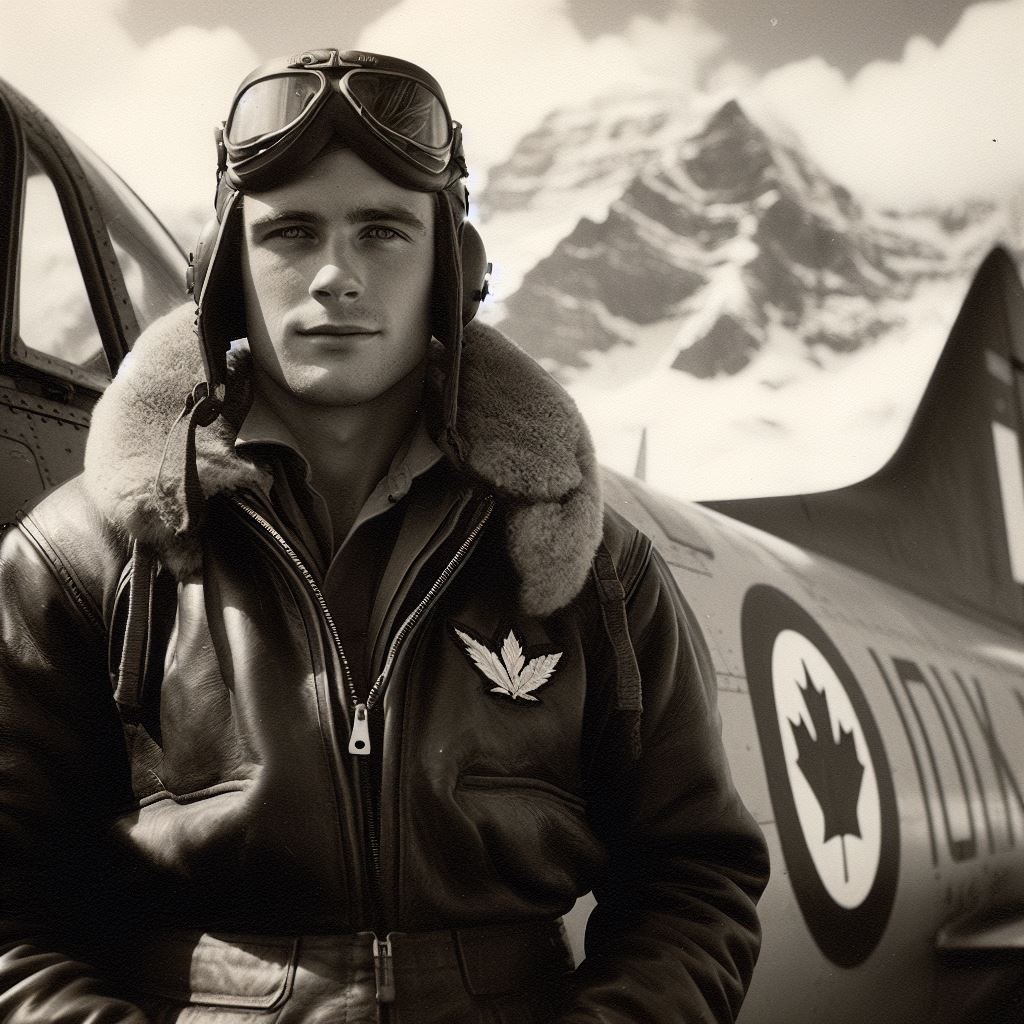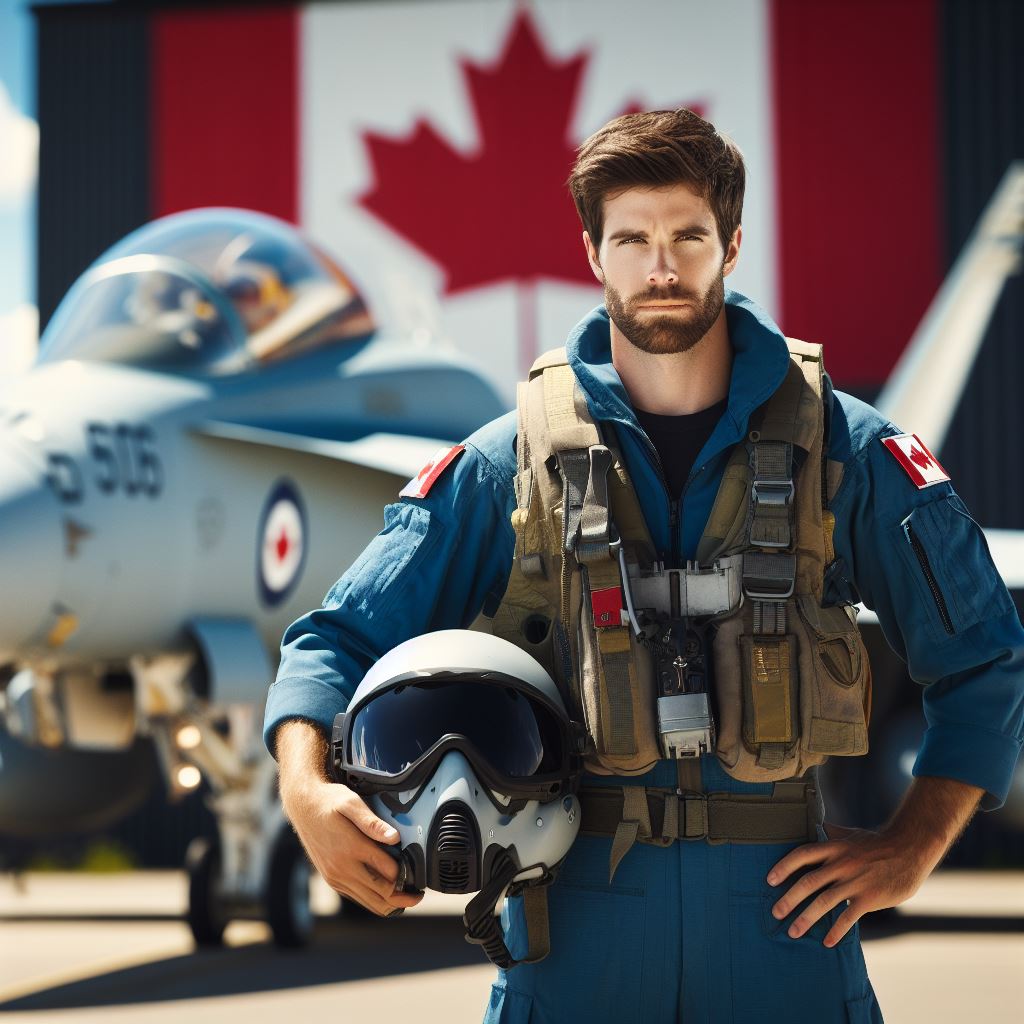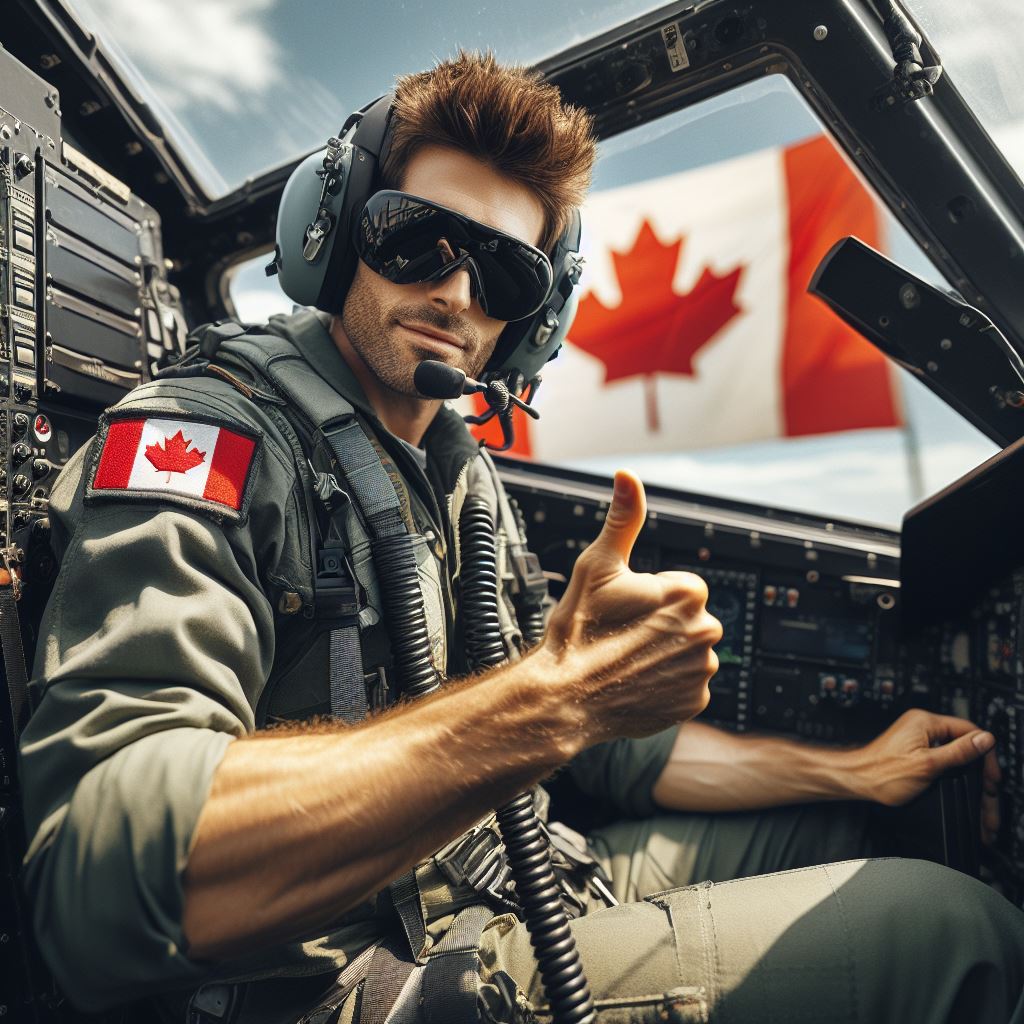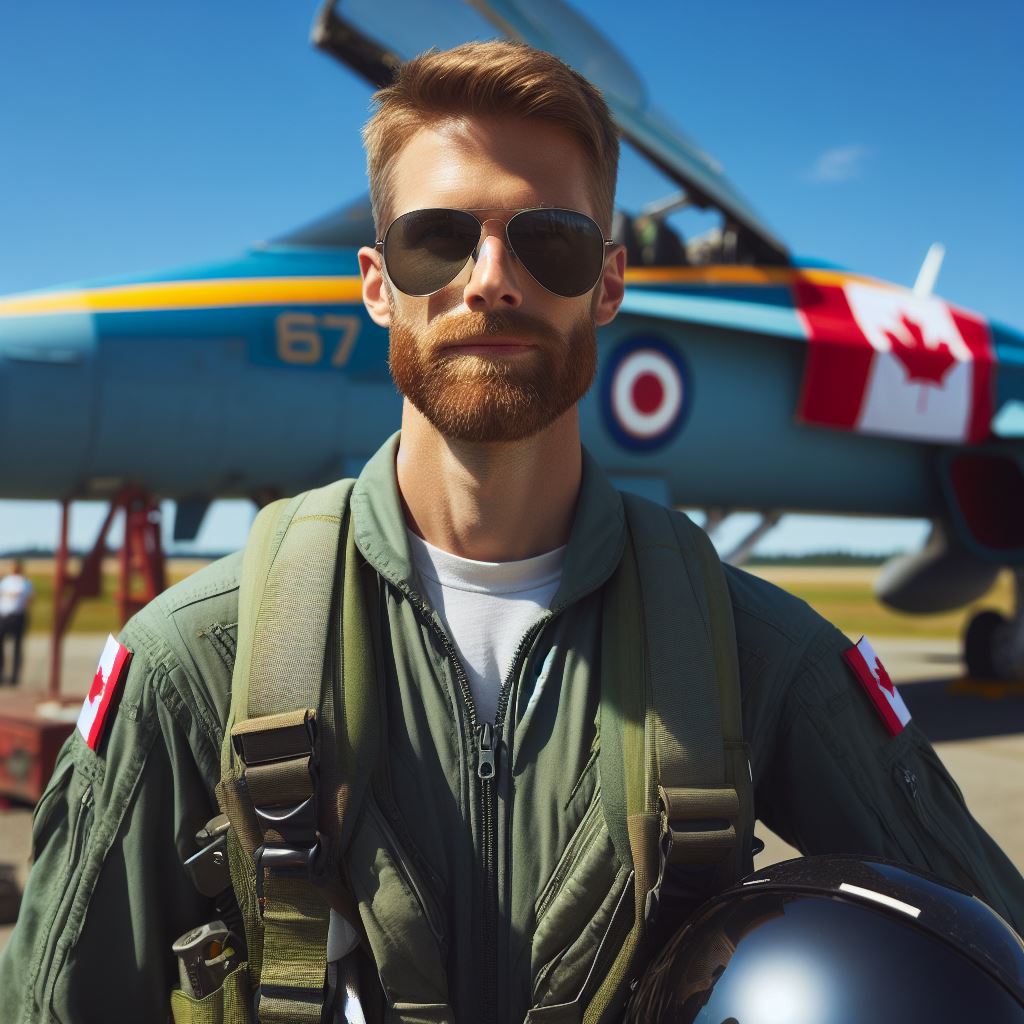Introduction
In Canada, there are various types of pilots who play crucial roles in the aviation industry.
Understanding these different roles is of utmost importance.
In the vast expanse of Canadian skies, a diverse tapestry of aviation professionals takes flight, each contributing uniquely to the nation’s aerial landscape.
From commercial airline captains navigating the bustling air corridors to bush pilots skillfully traversing remote wilderness, and helicopter pilots executing precision maneuvers, Canada hosts a spectrum of specialized aviators.
Within this mosaic, military pilots defend the nation’s borders and sovereignty, engaging in strategic operations and safeguarding airspace.
Aerobatic pilots showcase breathtaking feats of skill and artistry, pushing the boundaries of aviation performance.
Agricultural pilots, equipped with precision technology, disperse crop protection and fertilizers across vast agricultural expanses, ensuring the productivity of the nation’s fields.
Join us on an exploration of the varied types of pilots in Canada, delving into the distinctive roles, challenges, and contributions that define the rich tapestry of Canadian aviation.
Embark on a journey that unveils the stories behind the cockpit doors, shedding light on the dynamic and ever-evolving world of Canadian pilots.
From the frozen tundras of the North to the vibrant urban skylines, discover the intricacies of each pilot’s journey, exploring the passion, expertise, and commitment that propel them through the skies above the True North.
Commercial Pilots
Commercial pilots play a crucial role in the aviation industry in Canada.
With their responsibilities and qualifications, they ensure the safety and efficiency of air travel.
Let’s dive into their world!
Responsibilities and Qualifications
- Commercial pilots are responsible for transporting passengers and cargo to their destinations.
- They ensure the aircraft’s proper functioning, conducting pre-flight inspections and maintenance checks.
- During flights, they communicate with air traffic control and monitor the instruments and systems.
- Commercial pilots must be ready to handle any emergencies that may arise, making quick decisions to ensure safety.
- They also need excellent communication and problem-solving skills to handle various situations and coordinate with the cabin crew.
- To qualify as a commercial pilot in Canada, one must obtain a Commercial Pilot License (CPL).
- Aspiring pilots must be at least 18 years old, have a minimum of 200 flight hours, and pass extensive medical examinations.
- An Instrument Rating (IR) is also required, allowing pilots to fly in adverse weather conditions using only instrument indications.
Types of Commercial Pilots
In addition to understanding the responsibilities and qualifications, it’s essential to know the different types of commercial pilots in Canada.
Airline Pilots
The most common type, airline pilots operate scheduled flights for major airlines.
They transport passengers and cargo on domestic and international routes, adhering to strict flight schedules.
Airline pilots often fly large aircraft, such as Airbus and Boeing models.
Corporate Pilots
These pilots fly private aircraft owned by corporations or wealthy individuals.
They handle executives’ travel needs and are responsible for maintaining confidentiality and privacy.
Corporate pilots may operate jets or smaller planes, depending on the company’s requirements.
Training Requirements and Licenses
- To become a commercial pilot, extensive training is required.
- Aspiring pilots typically start by obtaining a Private Pilot License (PPL) to gain basic flying skills.
- They then advance to obtain the Commercial Pilot License (CPL).
- CPL training involves both theoretical and practical components, including flight simulators and actual flying hours.
- As part of the training, pilots complete cross-country flights and learn about navigation, meteorology, and aerodynamics.
- After obtaining the CPL, pilots can pursue additional endorsements, such as Night Rating or Multi-Engine Rating.
- To be eligible for employment, commercial pilots must also pass a written exam, a flight test, and a medical examination.
- Furthermore, pilots must maintain their licenses by meeting flight experience and medical requirements throughout their careers.
That wraps up our exploration of commercial pilots in Canada.
Their responsibilities, qualifications, and diverse roles contribute to the smooth functioning of the aviation industry, ensuring safe and efficient air travel for everyone.
Stay tuned for the next section, where we will delve into the fascinating world of recreational pilots in Canada!
Read: Pros and Cons of Being a Pilot
Recreational Pilots
Recreational pilots and their role in the aviation industry
In this context, Recreational pilots play a vital role in the aviation industry, combining their passion for flying with leisure activities.
Unlock Your Career Potential
Visualize a clear path to success with our tailored Career Consulting service. Personalized insights in just 1-3 days.
Get StartedLet’s explore the privileges and limitations that recreational pilots in Canada have, as well as the differences between them and other types of pilots, such as commercial pilots.
Privileges of Recreational Pilots
- Recreational pilots are able to fly aircraft registered under the Recreational Aircraft category in Canada.
- They can operate these aircraft for personal pleasure, sightseeing, and attending recreational aviation events.
- Recreational pilots have the freedom to explore the Canadian skies and enjoy the beauty of their surroundings.
- They can participate in various recreational aviation activities, such as aerobatics, formation flying, and aerial photography.
- Recreational pilots have the flexibility to fly during daylight hours, allowing them to make the most of their flying experiences.
Limitations of Recreational Pilots
- Recreational pilots are restricted to flying only within Canada’s borders and cannot engage in international flights.
- They cannot fly in or near controlled airspace, such as airports without obtaining prior authorization.
- Recreational pilots are limited in terms of the maximum number of passengers they can carry, typically restricted to one or two.
- They are not permitted to fly for compensation or hire, which means they cannot offer their services as pilots.
- Recreational pilots must always adhere to the specific rules and regulations set for recreational flying.
Differences between Recreational Pilots and Commercial Pilots
While recreational pilots and commercial pilots share a love for aviation, there are significant differences between their roles and responsibilities.
- Commercial pilots have a career in flying and are often employed by airlines or other aviation companies, while recreational pilots fly for personal enjoyment.
- Recreational pilots have fewer restrictions and certifications compared to commercial pilots, who must fulfill stringent training requirements.
- Commercial pilots can fly larger and more complex aircraft, whereas recreational pilots are limited to smaller recreational aircraft.
- Commercial pilots undergo regular medical examinations to ensure they meet the health standards set by aviation authorities, while recreational pilots have less rigorous medical requirements.
- The training and licensing process for commercial pilots is more intensive and demanding, involving theory exams, practical flight hours, and proficiency checks.
In short, recreational pilots make a valuable contribution to the aviation industry by combining their love for flying with leisure activities.
While they have certain privileges and limitations, they provide a different perspective to aviation compared to commercial pilots.
Whether it’s soaring through the clear skies or participating in recreational aviation events, recreational pilots bring a sense of joy and adventure to the world of aviation.
Read: Retirement Path for Canadian Pilots
Flight Instructors
Flight instructors play a crucial role in the aviation industry, especially in Canada, where they are responsible for training future pilots.
They guide aspiring aviators through the necessary steps to become confident and competent pilots.
Let’s explore the role, responsibilities, qualifications, certifications, experience, and importance of flight instructors in Canada.
Role and Responsibilities of Flight Instructors in Canada:
Providing Ground Instruction
- Educating students about aviation theory, regulations, navigation, meteorology, and aircraft systems.
- Preparing students for written exams and providing necessary study materials.
Conducting Flight Training
- Teaching students the practical aspects of flying, including pre-flight inspections, takeoffs, landings, and emergency procedures.
- Ensuring students gain proficiency in handling aircraft and mastering various maneuvers.
Supervising Solo Flights
- Overseeing students’ solo flights, where they practice and refine their skills without an instructor on board.
- Monitoring and evaluating their performance to ensure safety and adherence to protocols.
Assessing and Evaluating Students
- Administering periodic progress checks, written exams, and flight evaluations.
- Identifying areas of improvement and providing constructive feedback to enhance students’ flying abilities.
Maintaining Records
- Documenting students’ progress, flight hours, and training milestones.
- Preparing reports and records for regulatory authorities and students’ future employers.
Qualifications, Certifications, and Experience Required to Become a Flight Instructor
Commercial Pilot License (CPL)
- Prior to becoming an instructor, aspiring flight instructors must hold a CPL issued by Transport Canada.
- CPL requires the completion of flight training, ground school requirements, and passing written and flight exams.
Flight Instructor Rating (FOI)
- After obtaining a CPL, individuals must acquire a Flight Instructor Rating.
- This rating focuses on teaching techniques, aviation instruction, and evaluating pilot performance.
Experience
- To become a flight instructor, pilots need to accumulate a minimum number of flight hours (usually 200 – 250 hours).
- Gaining experience through flying various aircraft types enhances their competence and helps in imparting diverse knowledge.
Importance of Flight Instructors in Training Future Pilots in Canada
Ensuring Safety
- Flight instructors play a vital role in shaping proficient and safety-conscious pilots through their guidance and supervision.
- They teach students to handle challenging situations and emergencies, consolidating their decision-making skills.
Transmitting Experience
- Experienced flight instructors pass on their knowledge, practical insights, and real-life experiences to novice aviators.
- This wisdom enables students to learn from others’ experiences and avoid common pitfalls in their flying careers.
Fostering Professionalism
- Flight instructors establish and reinforce high standards of professionalism and discipline in the aviation industry.
- They instill the values of punctuality, integrity, and a strong work ethic necessary for a successful aviation career.
Bridging the Gap
- Flight instructors bridge the gap between the theoretical knowledge acquired in ground school and its practical application in the cockpit.
- They ensure seamless integration of knowledge, skills, and aeronautical decision-making.
In general, flight instructors in Canada play a vital role in shaping competent pilots through their guidance, expertise, and experience.
Their responsibilities include providing ground instruction, conducting flight training, assessing students’ progress, and maintaining records.
To become flight instructors, individuals must obtain a CPL and a Flight Instructor Rating, along with accumulating flight experience.
The significance of flight instructors lies in their contribution to aviation safety, transmission of experience, fostering professionalism, and bridging the gap between theory and practice.
Read: Canadian Pilot Health Requirements
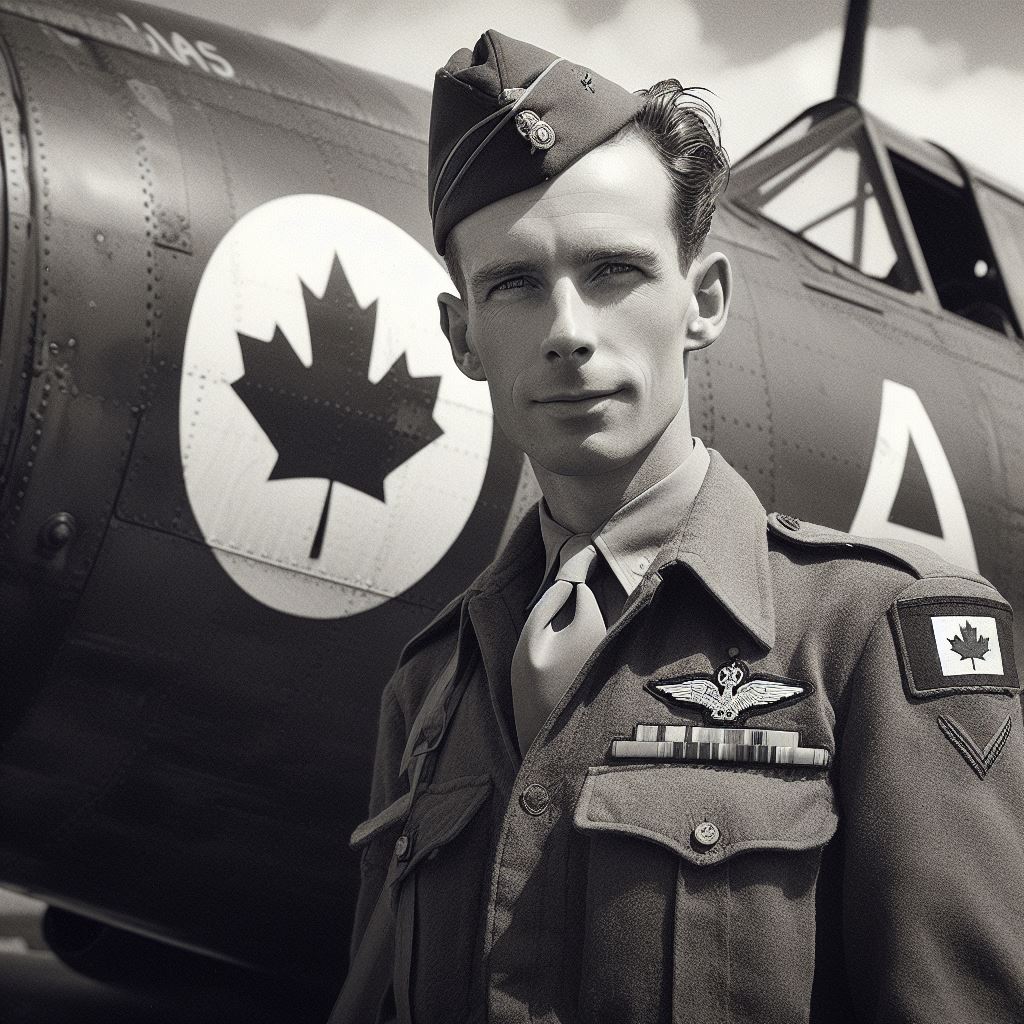
Military Pilots
Military pilots and their contribution to the aviation sector
In this context, Military pilots play a crucial role in Canada’s aviation sector, combining their flying skills with tactical expertise.
They are an essential part of the Canadian Armed Forces, serving in various branches such as the Royal Canadian Air Force (RCAF), Royal Canadian Navy, and Canadian Army.
The various branches of the Canadian Armed Forces that have pilots
Royal Canadian Air Force (RCAF)
The RCAF is responsible for maintaining Canada’s aerial sovereignty and contributing to international peace and security.
It consists of various air units, including the Fighter Group, Search and Rescue Squadrons, and Transport Squadrons.
Royal Canadian Navy
The Royal Canadian Navy also has its own pilots who operate naval aircraft, including helicopters and fixed-wing aircraft.
These pilots are trained to support maritime operations, including anti-submarine warfare, search and rescue, and surveillance.
Canadian Army
The Canadian Army has pilots who fly helicopters and provide critical support during land-based operations.
These pilots work closely with ground troops, transporting personnel, conducting reconnaissance, and providing air support in combat scenarios.
Being a military pilot requires extensive training and additional skills beyond what is required for civilian pilots.
Training Process
Military pilot training begins with officers joining the Canadian Armed Forces through various entry routes, such as the Royal Military College or direct entry for individuals with prior civilian flying experience.
Once selected, candidates undergo rigorous training that includes classroom instruction, flight simulators, and actual flying experience.
The training is divided into different phases, progressively building skills and knowledge in aviation.
Additional Skills Required
Military pilots must possess a range of additional skills to perform their duties effectively:
- Operational Planning: They need to understand tactical concepts, mission objectives, and plan their flights accordingly.
- Navigation and Survival Skills: Military pilots must be adept at navigating through various terrains and have survival skills in case of emergencies or ejecting from the aircraft.
- Combat Readiness: They receive specialized training to handle combat situations, including evasive maneuvers, aerial combat tactics, and the ability to operate aircraft in challenging conditions.
- Decision-making under Pressure: Military pilots must make quick and informed decisions in high-pressure scenarios, ensuring the safety and success of their missions.
- Teamwork and Communication: They work closely with ground crews, air traffic controllers, and other pilots, requiring effective communication and teamwork skills.
Moreover, military pilots need to undergo regular physical fitness assessments and maintain a high level of fitness to meet the demands of their roles.
In nutshell, military pilots in Canada play a vital role in the aviation sector, serving in different branches of the Canadian Armed Forces.
Their training process and additional skills make them capable of fulfilling their duties in various operational environments.
From defending aerial sovereignty to supporting ground troops, these pilots contribute significantly to Canada’s national security and defense.
Read: Balancing Life as a Canadian Pilot
Helicopter Pilots
The unique role of helicopter pilots in Canada
Helicopter pilots play a unique role in Canada’s aviation industry.
They are responsible for performing a wide range of tasks and face both opportunities and challenges in their profession.
Opportunities and Challenges
Helicopter pilots in Canada have the opportunity to work in various sectors, such as emergency services, tourism, natural resource exploration, and aerial surveying.
They also have the chance to fly in different geographic regions, from the remote wilderness to bustling cities.
However, helicopter pilots face several challenges in their line of work.
One of the main challenges is the demanding and unpredictable nature of their missions.
They often fly in extreme weather conditions and have to navigate difficult terrain.
The role of helicopter pilots also involves managing complex aircraft systems and staying up to date with the latest technology.
They must continuously adapt to new equipment and procedures, ensuring the safe and efficient operation of their aircraft.
Training and Experience
Becoming a helicopter pilot in Canada requires a combination of education, training, and experience.
Aspiring pilots must meet certain qualifications and undergo rigorous training programs.
The first step is to obtain a Private Pilot License (PPL) for helicopters.
This involves completing a minimum of 45 hours of flight training, including both theoretical and practical components.
The training covers topics such as navigation, meteorology, aerodynamics, and emergency procedures.
After obtaining the PPL, pilots can pursue their Commercial Pilot License (CPL).
This requires a minimum of 100 hours of flight time, including specific training on advanced maneuvers and commercial operations.
Pilots also need to pass a written exam and demonstrate their skills in a flight test.
Once pilots have acquired their CPL, they can choose to specialize in certain sectors, such as aerial firefighting, search and rescue, or offshore operations.
Specialized training programs provide pilots with the necessary skills and knowledge for these specific roles.
Continuing education and professional development are crucial for helicopter pilots in Canada.
They are required to undergo recurrent training to maintain their licenses and stay updated on industry regulations and best practices.
In summary, helicopter pilots in Canada play a vital role in various industries, serving as a lifeline for remote communities, supporting resource exploration, and providing unique experiences to tourists.
While they face challenges in their profession, the opportunities for growth and fulfillment are abundant.
The training and experience needed to become a helicopter pilot in Canada are rigorous but rewarding.
By acquiring the necessary licenses and specialization, pilots can excel in their careers and continue to contribute to the aviation industry.
Conclusion
To conclude, Canada is home to a diverse range of pilots, each specializing in different areas of the aviation industry.
From commercial airline pilots to helicopter pilots, the country relies on these professionals for various crucial tasks.
The importance of each type of pilot cannot be overstated.
Commercial airline pilots ensure the safe transportation of passengers across vast distances, while bush pilots play a vital role in remote areas, delivering supplies and providing essential services.
Helicopter and search and rescue pilots are responsible for saving lives in emergency situations, while military pilots protect and defend the nation.
The agricultural pilots contribute to Canada’s agricultural industry by spraying crops and aiding in pest control.
Without these different types of pilots, Canadian industries and communities would struggle to function effectively.
The diverse skills and expertise they possess are essential for the efficient operation of the aviation industry.
If you find yourself intrigued by any of these pilot career paths, consider exploring more about the specific field that interests you.
Whether it’s flying commercial airplanes, executing daring search and rescue missions, or assisting in agricultural operations, there are numerous opportunities to pursue your passion in the skies.
The world of aviation in Canada owes much to its pilots. Their dedication, skill, and courage make them an indispensable part of the industry.

